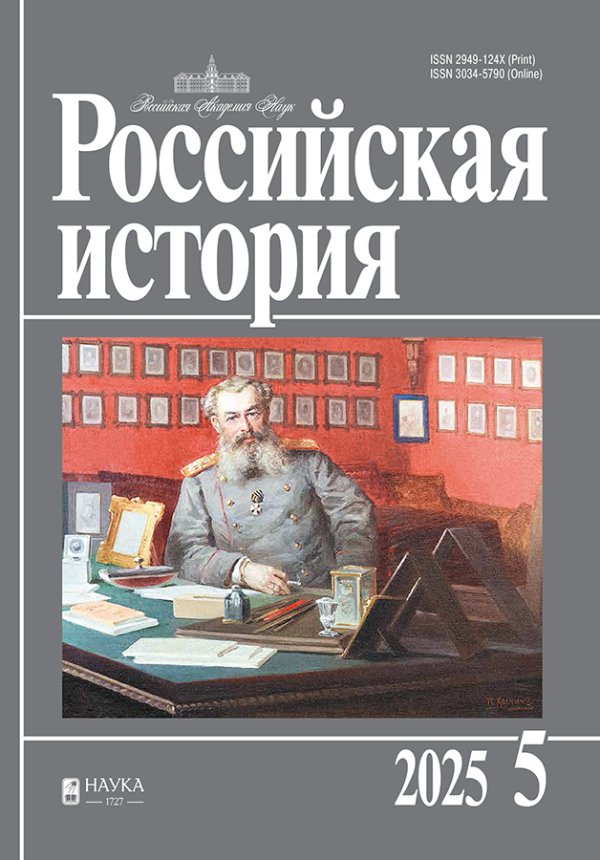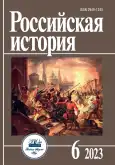Moscow monarchist organizations
- Authors: Omeliyanchuk I.V.1
-
Affiliations:
- Moscow City Pedagogical University
- Issue: No 6 (2023)
- Pages: 72-84
- Section: Articles
- URL: https://journals.rcsi.science/2949-124X/article/view/233899
- DOI: https://doi.org/10.31857/S2949124X2306007X
- EDN: https://elibrary.ru/NSGGXG
- ID: 233899
Cite item
Full Text
Abstract
References
- Кирьянов Ю.И. Правые партии в России. 1911-1917 гг. М.: РОССПЭН, 2001. - 464 с.
- Кирьянов Ю.И. Образование и деятельность Отечественного патриотического союза (1915-1917) // Консерватизм в России и в мире: прошлое и настоящее / Под ред. А.Ю. Минакова. Вып. 1. Воронеж: Изд-во Воронеж. гос. ун-та, 2001. С. 174-191.
- Кирьянов Ю.И. Русское собрание. 1900-1917. М.: РОССПЭН, 2003. - 352 с.
- Кирьянов Ю.И. Численность и состав членов Русского собрания (1901-1916) // Российская империя: стратегии стабилизации и опыты обновления / Под ред. М.Д. Карпачева, М.Д. Долбилова, А.Ю. Минакова. Воронеж: Изд-во Воронеж. гос. ун-та, 2004. С. 338-369.
- Левицкий В. Правые партии // Общественное движение в России в начале ХХ в. Т. 3. Вып. 5. СПб: Типография т-ва «Общественная польза», 1914. С. 347-469.
- Политические партии России. XIX - первая треть ХХ века. Энциклопедия. М.: РОССПЭН, 1996. - 872 с., ил.12.
- Пшегорский А.С. Политические взгляды Владимира Андреевича Грингмута. Дис. … канд. ист. наук. Тамбов, 2009. - 368 с.
- Степанов С.А. Чёрная сотня в России (1905-1914 гг.). М.: АО Росвузнаука, 1992. - 329 с.
- Степанов С.А. Чёрная сотня. Изд. 2, доп. и перераб. М.: Изд-во «Эксмо», Изд-во «Яуза», 2005. - 544 с.
- Чёрная сотня. Историческая энциклопедия. 1900-1917. М.: Крафт+, Институт Русской цивилизации, 2008. - 640 с.: ил.
- Шевцов А.В. Издательская деятельность русских несоциалистических партий начала ХХ в. СПб.: Изд. Рос. нац. библиотеки, 1997. - 316 с.
- Rawson Don C. Russian Rightists and the Revolution of 1905. Cambridge: Cambridge university press, 1995. - 286 p.
Supplementary files










